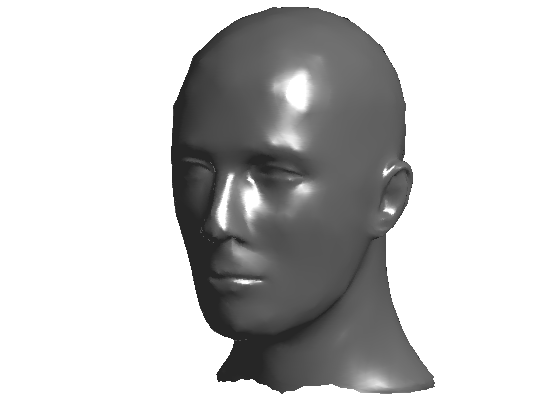

In this paper, an approach for geometric modeling of variable thickness triply periodic minimal surfaces in a CAD environment is proposed. As you can see, changes were made to her face.įood for thought - popular opinion is to also avoid triangles but many video game characters are created with triangles and still hold up well both in renders and in animation.Minimal surfaces are receiving a renewed interest in biomedical and industrial fields, due to the capabilities of additive manufacturing technologies which allow very complex shapes. Here's her new wire structure by the way. Not sure if that answered you or not - I tend to ramble when I start thinking of my workflow - I have a very organic approach to what I do and trying to define the why of it is always tricky. Sometimes though, a pole can be helfpful, like say for making dimples - plan a pole for that and it could lead to a neat looking effect without a lot of geometry (this is usually the exception, not the norm). It's been my experience though, that these days you can get even the messiest mesh to animate, you only run into problems where you may need a morph for something, as building the morph around poles can be tricky or annoying. Then, I do a retopo of this cleaner mesh to get an even cleaner, more organized polygon structure. My models usually go through a few revisions - I model without thought of topology so I can get the forms right, then I clean up that model (removing bad topology where I can). Minimizing or relocating them become the only options, which is something I do on the fly as I complete an area of mesh. As to does it make a difference, I would say, in my opinion, it depends on what the model will be used for and how close it will be seen.įor a Poser character, I'm forced to model-in details I would normally leave to displacement if it were a personal project, so poles are an unavoidable evil. I tend to go for as clean as I can make it in the final but as I am building, I do what I need to do to get the form/shape right. Doo-Sabin tends to not smooth organic surfaces as well as Catmull-Clark does, which is why Catmull-Clark has become such a popular algorithim. So that's what the newly added Catmull-Clark algorithim does. This new method also maintains UV textures and will work on curve polygons. The polygon Subdivide command optionally uses the same algorithm as the Pixar Subdivision Surface representation does for Using FBX 2010.2 and the new Pixar Subdivision Surfaces, you can now exchange the semi-sharp crease data between modo

Crease Edges: The points that have two incident edges (valence = 2) are moved by the crease rule, others are smooth.Crease All: All of positions on the boundary are moved by the crease rule (sharp edge rule).Smooth All: All of positions on the boundary are moved by the smooth rule.You to control the way points are moved on a boundary in three different ways: The Boundary Rules option, available in mesh properties, allows The new Pixar Subdivision Surfaces support Boundary Rules. The new PSub by using the Shift-TAB key combination Surface) geometry provides a number of advantages including semi-sharp creasing and no texture warping. Modo now allows you to optionally use Pixar’s industry-compliant subdivision surface representation. Well, I'm not sure what algorithim Modo has used in the past, so that's what I meant by 'normal subdivison'. Attached Link: More on Modo's New Modeling Features


 0 kommentar(er)
0 kommentar(er)
